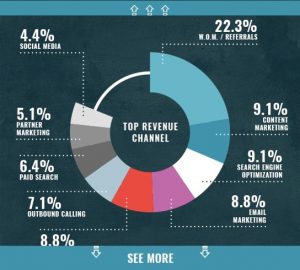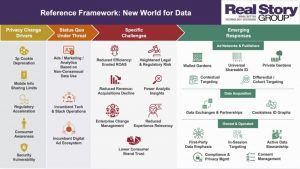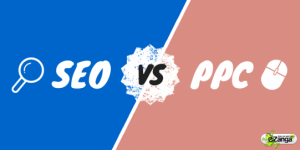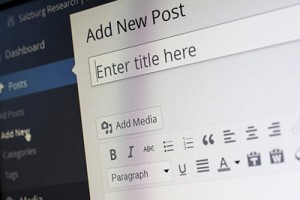Why A Cash Flow Loan is Better Than Collateral for Business
Assets are the things your business owns. They include short-term ones, such as accounts receivable, cash, and inventory, and long-term ones, such as plant and equipment, intellectual property and goodwill. A business’s job is to convert assets into revenues and profits. If you are not fully leveraging your assets to help your small business grow and thrive, you could be missing out on profits.
There are two major ways that assets can be put to work by your business.
- Cash Flow Generation: Whether you are a merchandising company selling inventory, a manufacturer turning raw materials into finished products, or a service-oriented company relying on office space or equipment, you are using assets to generate revenue. The cash flow generated from your business assets can be put to work as the basis for obtaining a loan from an alternative lender. While banks look only at credit ratings, alternative lenders are usually much more interested in daily cash flows and lend based on healthy flows. A loan means working capital to pay down more expensive debts, purchase equipment, increase inventory purchases, expand operations, acquire a competitor or otherwise leverage your revenues so that the additional profits exceed the modest interest costs.
- Collateral: Another way to make your business assets work is to use them as collateral. Some lenders, often called factors, will make a loan collateralized by your fixed assets, such as plant and equipment, or backed by your accounts receivable or inventory. In an A/R loan, the factor advances you about 70 to 80 percent of the invoices it accepts, and then pays you the remainder, minus a financial fee, when the invoices are paid. This speeds up your business cycle by allowing you to purchase more inventory faster. It also relieves you of the headache of trying to collect from people or companies who are overdue. You can also sell your A/R for a fixed price to a collection agency.
Comparing the Two Methods
Both of these methods deliver capital to grow your small business, but there are advantages to cash flow generation instead of leveraging assets as collateral.
When you use assets as collateral in factoring, it puts pressure on your sales margins due to the fees you are charged when you pledge assets or the loss you take by selling assets. Also, if you sell your A/R, you could alienate your customers if they start being contacted repeatedly by a collections agency that is unknown to them.
In general, taking out a loan for cash flow generation is the better deal. Rather than tying up your main assets or, in the case of collections agencies, even selling them, you keep your business assets and maintain control. You also get a full sum of money rather than a percentage advance to use as you see fit, and you avoid the financial fees of factors. As long as you have daily cash flow and a solid plan, the profits generated from the additional inventory, expansion, or other project made possible by your loan will be a permanent gain that will let you pay down the loan comfortably. Now that’s putting your money to work!
If you’re ready to try cash flow generation, IOU Financial is a great starting point to find out what a loan can do for your business. You can work with a Small Business Loan Consultant to take you through every step of the process, and we approve 85 percent of applications we receive, including many people turned down by banks. Our base requirements are that you own at least 80 percent of the business, have been in business a year or longer, make 10 or more deposits per month, and have annual revenue of at least $ 100,000.
Business & Finance Articles on Business 2 Community(43)








